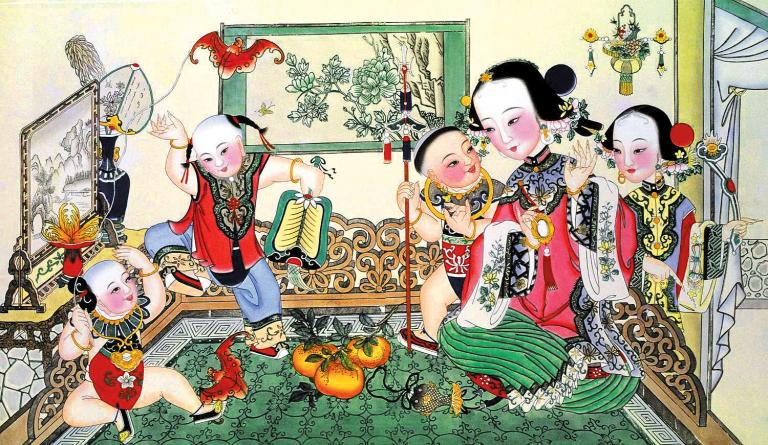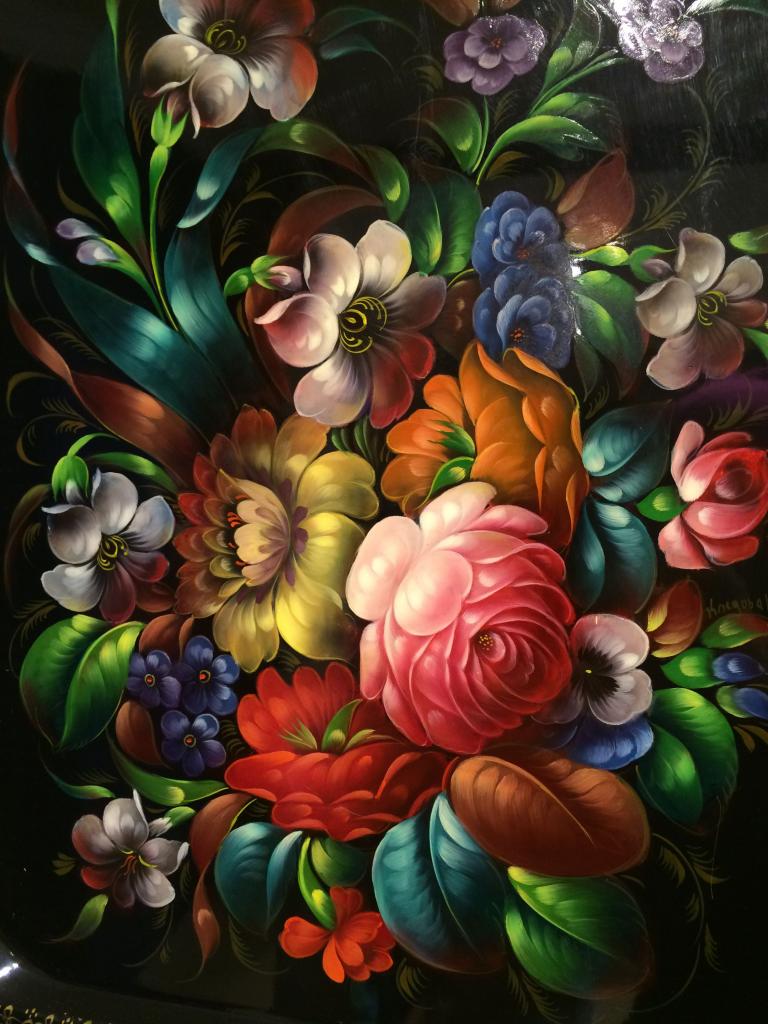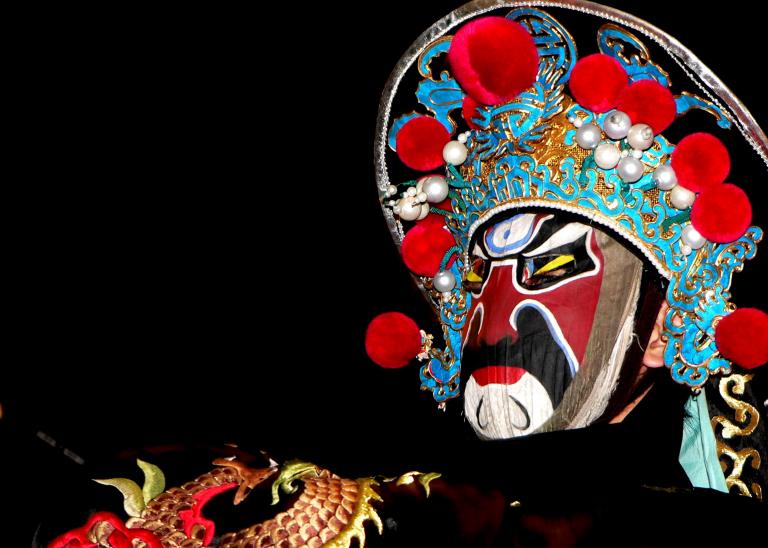Traditional Chinese colorful folk art
2 min readFolk arts in China have developed dynamically,with many forms enjoying a worldwide reputation.Here we present an introduction to a select few.

Cloisonne:artifacts with the gleam of precious gems
Cloisonne is a traditional art widely known in and outside china.It is a kind of superb local expertise from Beijing,which combines the skills of bronze art,porcelain,carving,and other types of folk arts.It is deemed valuable in the eyes of collectors,as well as providing refined ornaments for daily use A Qing-dynasty(1616-1911)cloisonne vase with a peach-and-bat design is a famous artifact.Its mouth,belly and base are welded together instead of beingoriginally one piece.Its surface is first inlaid with copper wires,before the colorful glaze is applied.The nine peaches and bats have the symbolic meaning of happiness,longevity and peace.
The making of cloisonne first appeared during the Jingtai reign(1450-1457)of the Ming dynasty(1368-1644),with the main color used being blue,hence the name”Jingtai blue or cloisonne as it became known later on by the time of the Chenghua reign(1465-1487), the techniques for making cloisonne were furtherdeveloped, with products of this period looking heavy and dignified yet not lacking in eloquence or vividness. Its cast was al ways made of choice copper, decorated with enamel and colorful glaze naturally extracted from minerals, so that it would resemble precious gems. The Ming cloisonne artifacts extant today were mostly produced during the jingtai and Chenghua reigns Cloisonne production involves very complicated techniques, with more than 30 working procedures. First, the making of the copper cast: plates of copper are tapped into a certain form and fixed through firing at high temperatures Then craftspeople use nippers to apply hair-thin copper wires onto the surface of the cast to form various designs. This technique is calledfiligree. The concave designs are then filled with enamel and glaze of different colors a technique known as”stippling blue.

After being fired at high temperatures, the enamel and glaze coagulate. and careful burnishing is then needed with the final touches of gilding, a cloisonne product is finished Cloisonne was further developed during the Qing Dynasty. Technically, while it overcame the weakness of the porosity of the Ming products, but artistically, it lacked the formers simplicity and dignified heaviness. After the Qing Dynasty, due to overproduction and the uneven skills of craftspeople, the quality of cloisonne could hardly match that of Ming cloisonne products.









